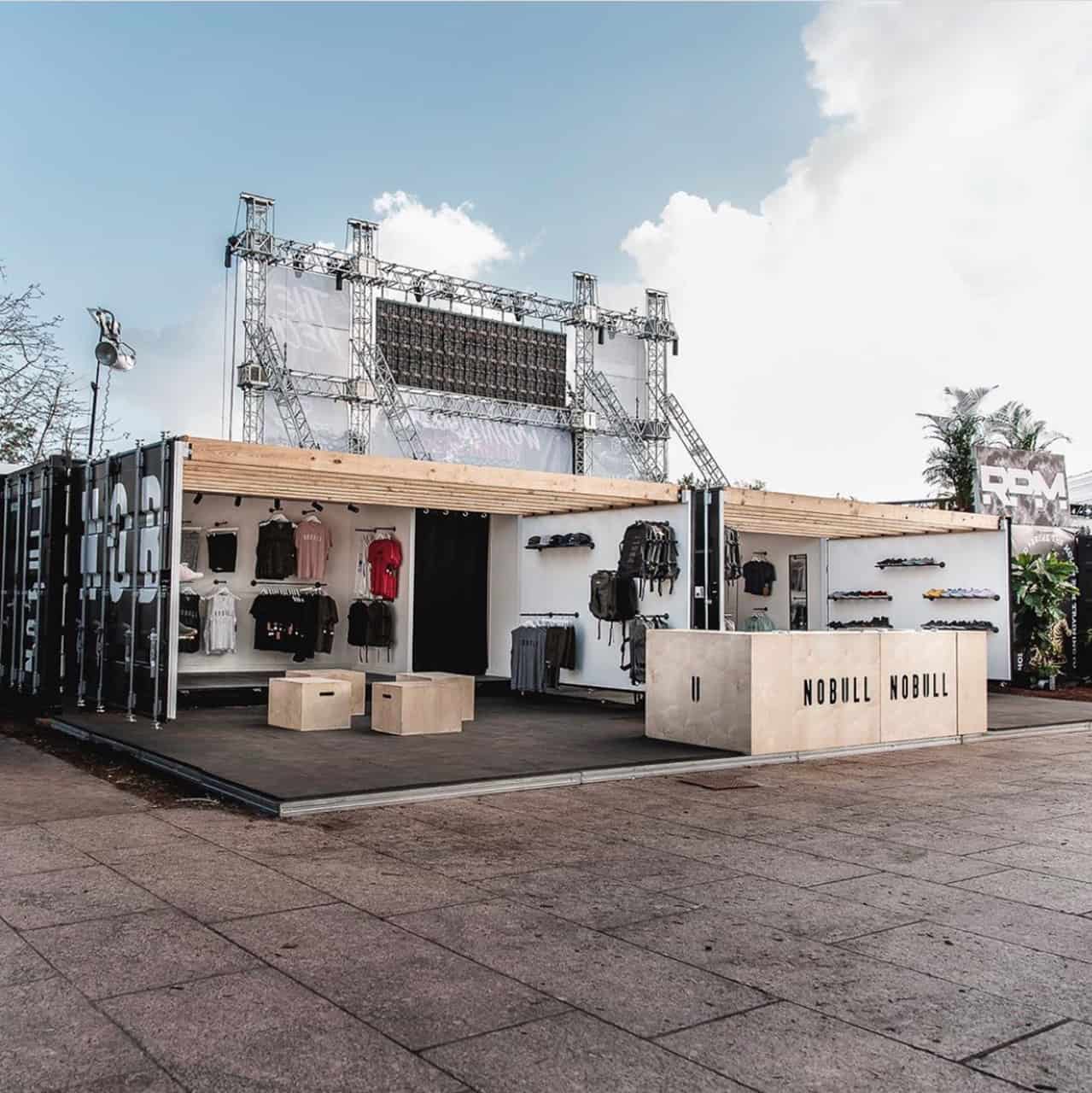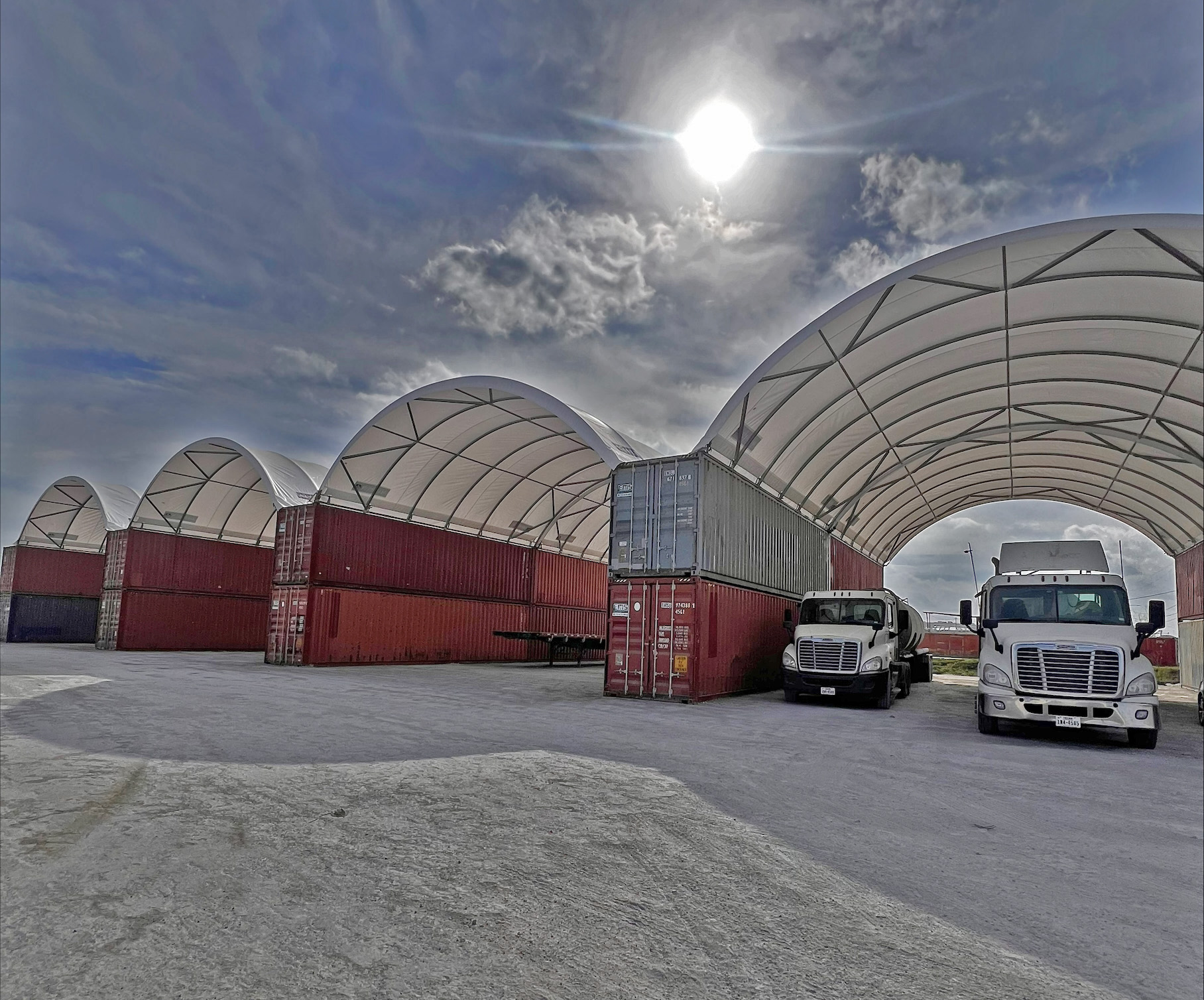In recent years, there have been an increasing number of people who have been turning to shipping containers for their construction and architectural projects. Some are for residential purposes, while others expand it even to commercial sites. There are, of course, plenty of reasons why folks suddenly find these containers to be very appealing.
Foremost among these reasons is the fact that they are a lot more affordable than building structures from the ground up. Because containers are large, hollow spaces, they can double as some sort of pre-fabricated units perfect for creating new space, like living room, bedrooms, office, or even kitchen.

If you are curious about how else you can maximize the use of shipping containers by applying it to purposes other than what it was originally intended for, you should first know about the different types. The kind of shipping container you will need to use will ultimately depend on what you want to do or use it for in the first place. Here are some of the more common types you will find from suppliers.
Size Variations
One size does not necessarily fit all for shipping containers. That is why you can choose from among several available options. Standard sizes include 20 ft (6.09m), 40 foot (12.18m), 45 ft (13.7m), 48 ft (14.6m), and 53 ft (16.15m). It’s crucial that you take note of these dimensions, because they will be relevant not only in determining if the space will be sufficient for your needs, but also if transporting it to your location is going to be possible.
This is especially important if you are intending on building a shipping container home or office. There are certain neighborhoods or communities that have height limits when it comes to their structures. The dimensions will also matter as it travels from the site source to your own property. Bridge and road clearances, electric or telephone wires, and any other obstructions that will be affected by the height of the container will have to be factored in.
For the most part, though, the common container size that people get would be the 20 and 40feet long ones.
Standard
This is the type of container that people are most familiar with. It can be as long as the standard 40-foot container or the massive 53-foot variant. This one has only one opening, which is secured shut with a bolt. It is usually used to store and ship dry goods, among other things.
Open End
If the standard has just one opening, the open end container has both ends open for access. This makes loading and unloading cargo a lot easier. This is also perfect for structures, such as bridgeways, hallways, or other connecting spaces, because there is no more need to take down the other end.
Open Top
As the name suggests, this pertains to containers whose tops can be opened, on top of the usual door on the side. This type of container is perfect for cargo that may not necessarily be wide in size, but tall in height. For construction, this could work best in areas where there are high ceilings. Again, it’s a lot more convenient to use containers that already have additional openings to minimize the need for cutting up sides.
Open Side
This type of container can be opened from the sides, which makes it a lot easier to expand floor space. Originally, though, this was made with the intent to load and unload wide items much faster onto the container.
These are just some of the more common kinds of containers, and are considered to be some of the most ideal for repurposing into construction use. Suppliers serving areas like Houston, Dallas, or Seattle, such as Equipment Management Services, can help you find the right type of container for your needs.
Sources:
16 Types of Container Units and Designs for Shipping Cargo.MarineInsight.com.
Containers.WorldShipping.org.









